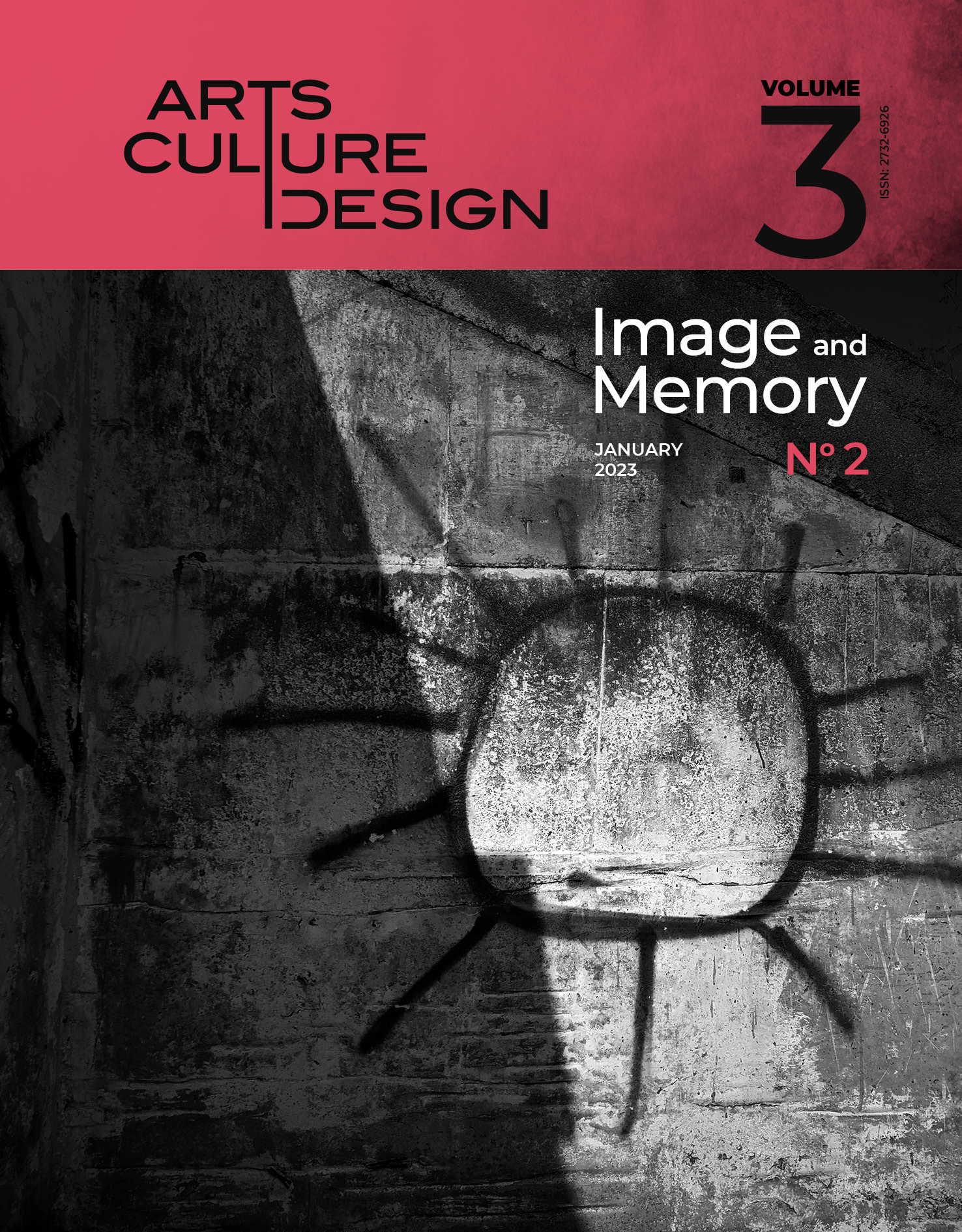STONES, WORDS, IMAGES

Abstract
Cultural memory, as viewed by historian Alexander Etkind, influenced by the world of computers, from where he takes this blatant yet effective reference, is binary: there is a “soft memory” preserved mostly in texts, and a “hard memory” stored primarily in monuments (Etkind, 2013, p. 177). His perspective on how cultural memory crystallizes, functions and then moulds people’s lives and communities was laid out in a study devoted to Soviet cultural heritage, particularly to those memorial practices engendered by an unburied past which always seems to be resurfacing. It is precisely this way of understanding memory, as an interconnected system whose parts can only work together, that can be further applied beyond the cultural space presented in Etkind’s book. This is, in fact, quite obvious in the works of Mabe Bethônico, a Brazilian visual artist which brought to my mind this insightful way of perceiving cultural memory. Her art projects explore and probe into the veins descending deep into both her country’s past and the earth’s belly – historical and geological veins that, under contemplation, take on more than just a literal meaning. They acquire, simultaneously, new metaphorical and universal interpretations, rendering the artist’s work extremely relevant outside the immediate Brazilian context. Mabe Bethônico’s artistic practice operates in this fuzzy elusive space, where soft and hard memory meet and converge. Her art successfully turns narratives around, fills voids and uncovers histories that have been silently living among us. The text below is based on an interview she kindly gave us. Nevertheless, for the sake of brevity and to observe the formality of the Portfolio section, we have turned the questions into themes. Therefore, this is the artist’s ‘curated’ testimony that, in a different setting, would most likely have taken a different form.
Article Details
- How to Cite
-
Radu Lilea, M. B. . and. (2023). STONES, WORDS, IMAGES. Design/Arts/Culture, 3(2), pp. 80–88. https://doi.org/10.12681/dac.32025
- Section
- Artwork/Portfolio

This work is licensed under a Creative Commons Attribution-NonCommercial-ShareAlike 4.0 International License.
The copyright for articles in this journal is retained by the author(s), with first publication rights granted to the journal. By virtue of their appearance in this open access journal, articles are free to use (with the exception of the non-granted right to make derivative works) with proper attribution for non-commercial uses (licence Creative Commons 4.0). EKT/NHRF retains the worldwide right to reproduce, display, distribute, and use articles published in DAC in all formats and media, either separately or as part of collective works for the full term of copyright. This includes but is not limited to the right to publish articles in an issue of the Journal, copy and distribute individual reprints of the articles, authorize reproduction of articles in their entirety in another EKT/NHRF publication, and authorize reproduction and distribution of articles or abstracts thereof by means of computerized retrieval systems.
DAC journal considers all submitted artwork on the condition author(s) confirm that third-party intellectual property rights are not violated in any way.
Author(s) are responsible for securing permissions to publish copyrighted material, such as photographs and other artwork and for paying any fees involved. Production of an article will not begin until the editor has received all relevant permissions.
The copyright for published articles in Design | Arts | Culture is retained by the author(s). By virtue of their appearance in this open access journal, articles can be used freely, with proper attribution, for educational and other non-commercial purposes.


